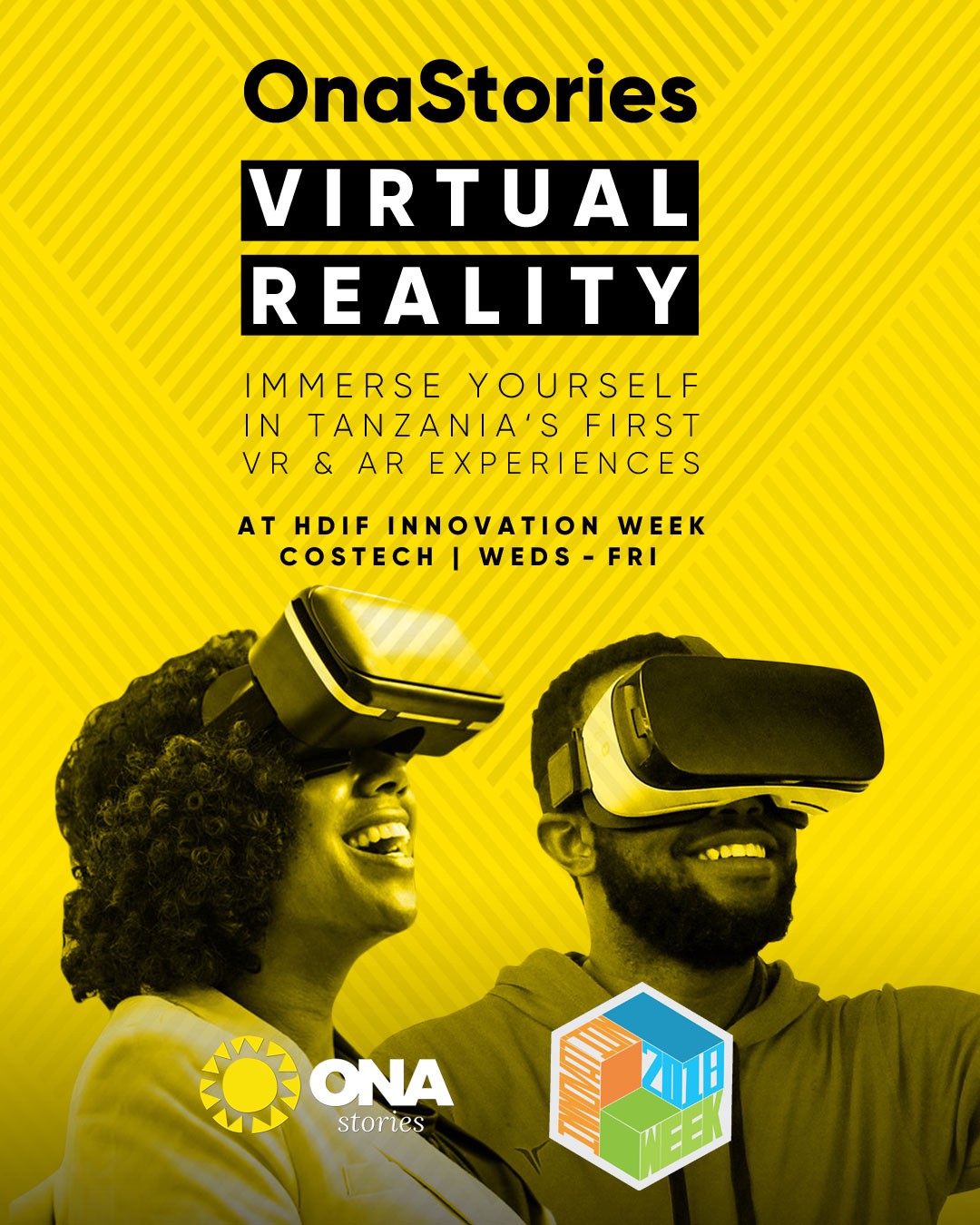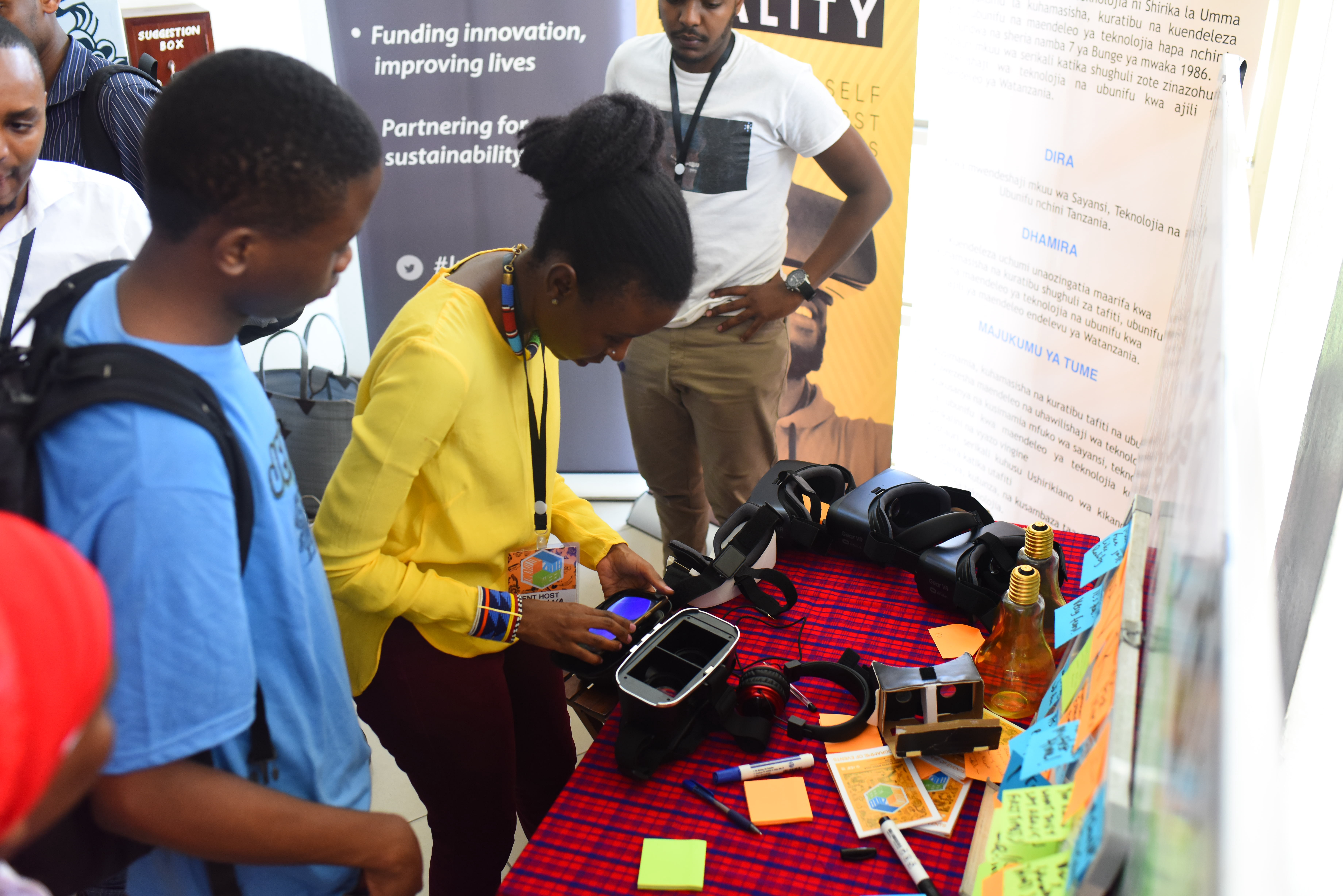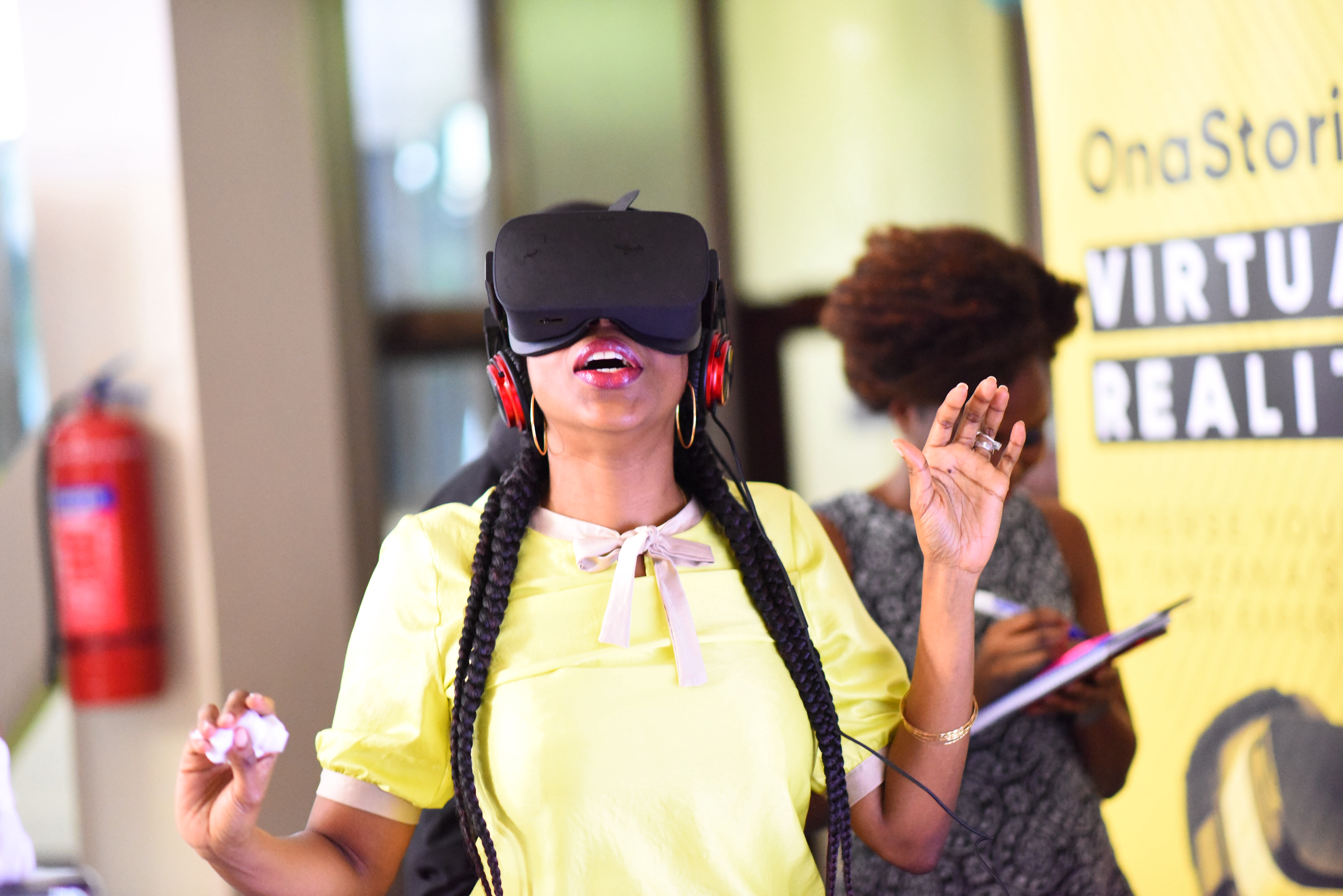Insights from introducing VR into African spaces.

Last month, we held our first VR showcase in Tanzania.
It was an outcome of an application we made to attend one of Tanzania’s largest tech events; HDIF Innovation week.
My friend, who knew we were dabbling in 360 video and VR insisted, we apply and literally rang and texted me so many times I felt like he was sitting on my neck.
So we did- and our application went through.

The organiser’s request was that we have content that highlighted gender, health, sanitation and energy issues. All of which we gladly sourced from our own and archives from our partner Black Rhino.

But on the big day, what happened was interesting, we had to screen each audience member and choose what items they would likely enjoy seeing.

For many almost 99 percent this was their first time being immersed. So we found ourselves with a big decision;
what content do you serve to what person?
How can we make this experience memorable?
We can give them the wow factor by having them experience the rollercoaster ride, but for some maybe that’s too overwhelming?
Bringing VR to new audiences, isn’t just a task its a responsibility.
Maybe you put them through a walk into the Serengeti, which could also be too underwhelming.
What about something thought-provoking like our piece ‘What could you do?’ on sexual assault on a matatu.
Too deep, too soon?
It’s very important to make the first-time VR experience memorable.
Think about the first time a movie you went to your friends with that was really powerful, you couldn’t stop talking about it.
For many this year,(including myself) it was Black Panther.
I mean my friends and I were left reeling, we couldn’t stop talking about it.
Even after weeks, we were still experiencing something so close, so raw, so personal.
After watching a 2D film, people would normally engage in an intellectual discussion.
After experiencing a VR piece that brings out a lot of raw emotion, it’s very personal.
A VR experience impacts people on a more visceral level, they see how individual actions pertain to the community.
As a filmmaker, content creator, a very important question is what to do with this reaction afterward!
How do you receive it and act on it?
When the viewer takes off the headset, people are so raw in that moment, they have no screens.
One can engage on a very personal level.
This gives the content creator a lot of power. But as spiderman says:
With great power comes great responsibility, especially with new audiences
There is a necessity to curate a response catalog.
- Determine who they are, have they had immersive experience before? What we found was, for a predominantly Swahili speaking audience, saying this is VR doesn’t cut it. We were dealing with different levels of digital exposure. We had to translate the words VR, 360 videos, immersive into Swahili. (We are still working on a much clearer vocabulary)

- Upon completing the experience, it’s important to be on the receiving, and I advocate for both the first time and those before. And even as a filmmaker, here is a chance to get honest feedback, which is scary. We can already see it with the body language, eye movement detectors, etc
VR is just a platform at the end of the day.
The question is how this platform relates to people.
People want to feel like they have a choice.


An important point is that not everyone is ready for a VR experience.
We need to be conscious of the audience and their capacity to take in the content.
Some content may be traumatizing. We need to figure out levels of consent.
Once we move from there comes the question of how we grow the VR audience on the continent?
An audience, which in the case in Tanzania..digital literacy and understanding is low.
Do we focus on working with the pace of developed nations, focus on a few that can access and build that or do we focus on scalability and reach?
What are the best practices in this regard?
Answer: No idea.
But if the mobile is anything to go by, if we could find a use for it that no one ever even thought of.
In the meantime, we keep grinding at it, until its done, shifts or disappears.
Catch more on this in my presentation at Future of filmmaking virtual


